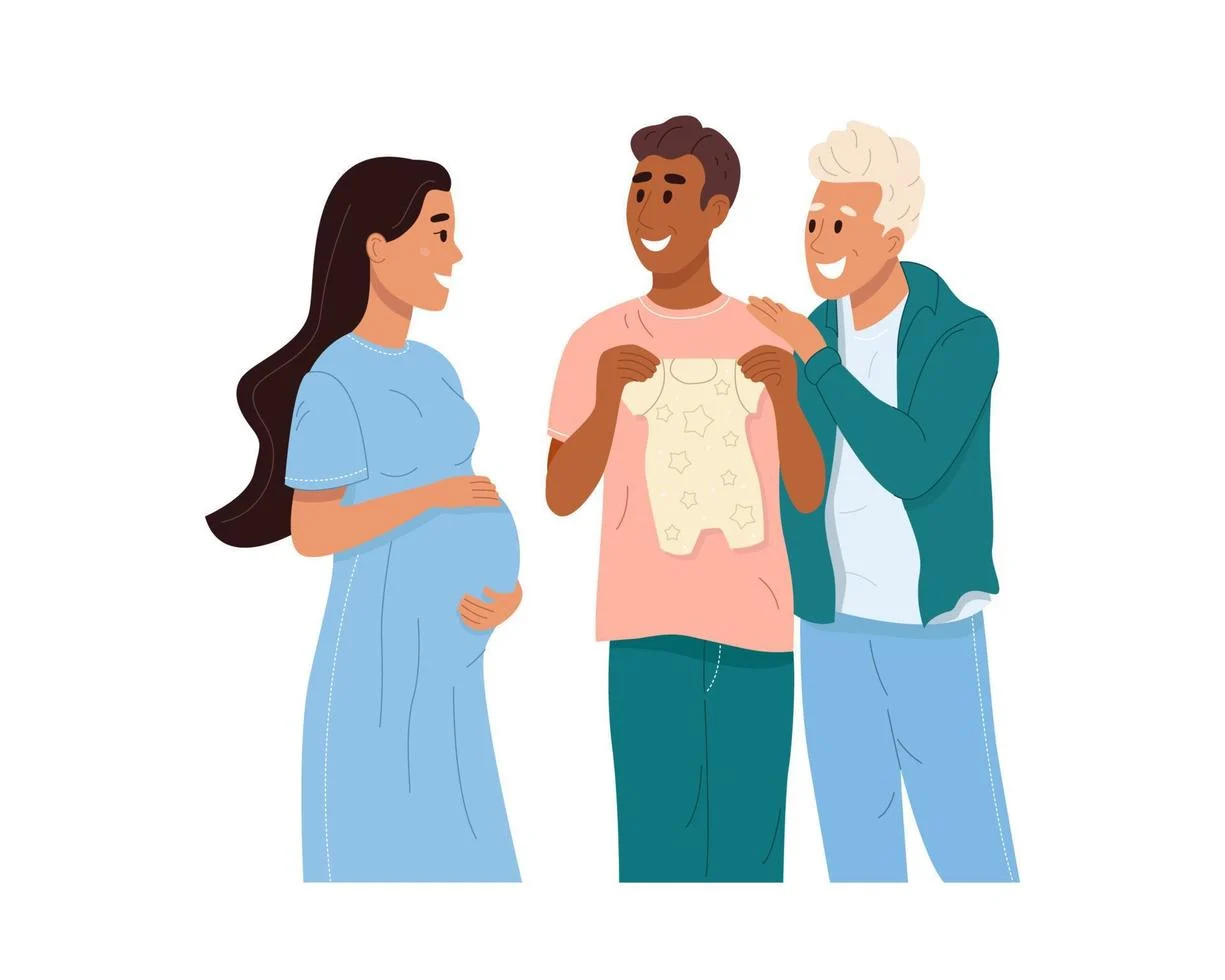Over the weekend, while I was giving my daughter a bubble bath, we had an interesting chat about Disney’s Robin Hood. She mentioned she liked it—except for the ending when the characters share a kiss and tie the knot.
“Hey, you know, you might want to get married someday…”
“I might want to marry a girl!”
“You absolutely can do that.”
“Yeah! Boys can marry boys, and girls can marry girls.”
“Exactly! The most important thing is to marry someone you love.”
(And I’ll stop quoting there before she starts talking about marrying her stuffed animals and her best friend from preschool.)
Kids are refreshingly oblivious. They don’t hold onto the biases that often plague adults; they don’t see one group of people as better than another. They have no built-in urge to restrict anyone from doing something that others can do. I haven’t heard my daughter mention the same-sex couple in Finding Dory, nor have I seen any evidence that Elsa’s relationship choices have influenced her, aside from a brief obsession with that infamous song we all know too well.
As children grow up with prejudices, they absorb them from us. They imitate our behaviors and internalize our beliefs, including the language we use—this is why the words we choose are so important.
Today, I’m particularly reflecting on the word “tolerance.” It seems innocent enough, but it’s like a landmine of negativity. To tolerate something suggests superiority. It implies that you’re forcing yourself to endure something unpleasant or uncomfortable. When it comes to LGBTQ+ individuals, ethnic minorities, or any form of diversity, the concept of tolerance is layered with negativity.
We shouldn’t be teaching our children to merely tolerate differences. Diversity isn’t a burden to bear; it should be embraced! We ought to guide our kids toward acceptance, encouraging them to celebrate both their uniqueness and that of others.
Now, using “tolerate” instead of “accept” isn’t outright hate speech, and I’m not claiming it is. However, the fact that it lacks that immediate association can make it even more insidious. It camouflages condescension and allows discrimination to fester under a veneer of inclusivity. It provides a convenient cover for those who want to express their disdain without feeling guilty.
Dressing up your supposed enlightenment with questionable language spoils the dialogue. Call it semantics or political correctness; it doesn’t matter. What does matter is that language holds power. Misusing it can poison not only conversations but entire communities. Our language should echo the inclusivity of our actions; otherwise, they’ll always be at odds, leaving our children with mixed messages.
During my conversation with my daughter, I was struck by her innocence and wanted to keep it that way. I chose my words carefully because I wanted to reinforce that innocence. Our words can shape our children’s lives, and I wanted to make sure I didn’t mess it up.
I’m teaching my kids about acceptance rather than tolerance because I want them to understand that just being “okay” with others who are different isn’t enough. We must embrace humanity in its entirety, without hesitation—even, especially, when faced with those who may not accept that.
You can read more about related topics in our other blog posts, like how to navigate the journey with the help of a home insemination kit from Make a Mom, or check out this excellent resource for pregnancy and home insemination.
Summary:
This article emphasizes the importance of teaching children acceptance over mere tolerance. It highlights how children are naturally open-minded and absorb prejudices from adults. The author argues that the word “tolerance” carries negative connotations, suggesting superiority and discomfort, and urges parents to promote a mindset of celebration rather than endurance of differences.
